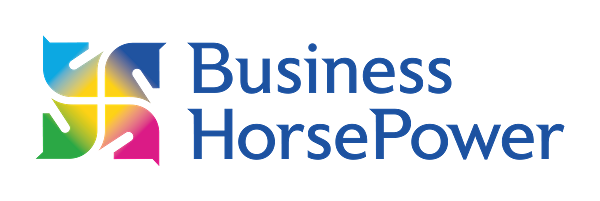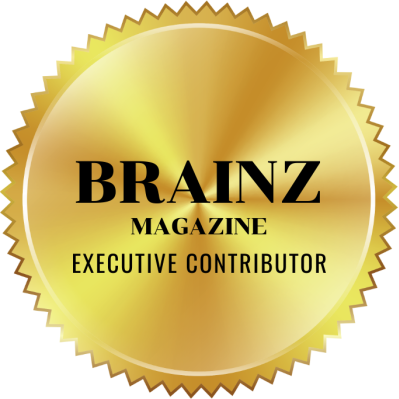What the latest research reveals—and what it means for your team
As a business leader, you’re probably feeling the strain of managing change while trying to keep your team steady and focused. The pace of transformation—technological, economic, and geopolitical—is accelerating. And as the world around us becomes increasingly unpredictable, your team is likely craving one thing above all else: stability.
In the latest episode of my Impactful Teamwork podcast, I explore one of the most pressing challenges facing organisations today—the tension between stability and agility—and why getting the balance right is now critical for attracting, engaging, and retaining top talent.
The episode draws on insights from Deloitte’s 2025 Human Capital Trends Report, which offers some sobering data for business leaders. The good news? With intention and smart leadership, you can turn this challenge into a competitive advantage.
Why This Conversation Matters Now
Recent weeks have been a whirlwind—from political decisions that reshape global markets overnight to rapid advancements in AI and technology. In the midst of all this, your team members are trying to stay grounded while navigating uncertainty at work and at home.
Redundancies, restructuring, and leadership changes have become the norm. I shared the story of a client who had six different bosses in just two years. She returned from a holiday to find her desk moved—and instantly feared the worst. That one small change triggered a wave of anxiety because, in her experience, change has almost always meant loss.
It’s a reminder of just how fragile the sense of security can be at work. And yet, organisations are also under immense pressure to be nimble and responsive. So how do you meet both needs?
The Data: A Wake-Up Call for Leaders
The Human Capital report reveals some striking stats:
-
66% of workers feel overwhelmed by the pace of change.
-
49% worry that rapid transformation will leave them behind.
-
75% of workers say they crave greater stability.
-
And yet, only 39% of leaders are taking meaningful action to address this tension.
There’s a clear disconnect between what employees want and what businesses are providing.
The workplace has shifted from a stable, hierarchical environment with clearly defined roles to a fluid ecosystem where people are expected to operate across functions, often outside their job descriptions.
Traditional structures just aren’t cutting it anymore. But simply dismantling them in favour of agile, fast-moving teams can leave your people feeling untethered. As a leader, your challenge is to design new kinds of “anchors”—stability points that don’t compromise adaptability.
Anchoring Agility: Rethinking How Work Gets Done
What does stability look like in a modern, agile organisation? According to Deloitte, it comes from reimagining three key areas:
1. How Teams Learn
In the old paradigm, people learned within stable teams and under long-term leaders. Today, high attrition rates and shifting structures make that hard. New anchors can include peer learning networks, mentorship communities, and skills-based development platforms—including those powered by AI.
2. How Work Is Organised
Gone are the days of strict job descriptions and siloed teams. People now contribute across departments, projects, and platforms. Success is no longer measured by tasks completed, but by value created. Stability, therefore, comes from clarity of outcomes, not rigidity of roles.
3. Where Work Happens
The office is no longer the anchor. Hybrid, remote, and asynchronous working models are the new norm. Your role as a leader is to create consistency in expectations and freedom in execution. That’s the sweet spot where autonomy meets accountability.
Embracing Potential Over Pedigree
One of the most powerful findings in the report is this: employees are hungry for growth—but not in the traditional sense. Ladders have become lattices. Team members want career paths based on their skills and potential, not just past experience or academic qualifications.
And yet, 59% of organisations still value experience over potential. That’s a missed opportunity.
As leaders, we must challenge ourselves to look beyond the CV. Who in your team hasn’t yet had the chance to shine? What hidden skills might emerge if you simply gave someone the opportunity?
I shared the story of a woman I recently met who, just two years ago, was terrified of public speaking. Now, she’s one of the most inspiring trainers I’ve worked with—all because someone believed in her before she believed in herself.
What’s at Stake If We Get This Wrong?
If we fail to address the balance between agility and stability, we risk more than inefficiency. We risk:
-
Eroding trust between leaders and teams
-
Losing innovation because people don’t feel safe to contribute
-
Damaging retention, as team members search for more grounded environments
-
Missing growth opportunities, by overlooking team potential
Workplace culture is no longer a “nice-to-have”—it’s a strategic differentiator. When people feel valued, clear, and safe, they do their best work. When they don’t, they leave—or worse, they disengage.
So, What Can You Do This Week?
The question I left listeners with—and the one I invite you to explore—is this:
How are you managing the tension between stability and agility within your team or organisation?
If it feels like a “crazy-eight” cycle—where one moment you’re seeking structure and the next, flexibility—you’re not alone. But your job as a leader is to hold both poles and guide your people through the uncertainty with confidence and clarity.
Here are three actions you could take:
- Check in with your team: What do they need to feel safe and focused right now?
- Clarify your outcomes: Are you measuring what really matters—value creation over task completion?
- Spot hidden potential: Who on your team could do more, if only they were asked?
Final Thoughts: It’s Not Either/Or
The future of work isn’t about choosing between agility or stability. It’s about learning to strengthen both at the same time.
Show Notes:
Here are the highlights from this episode:





